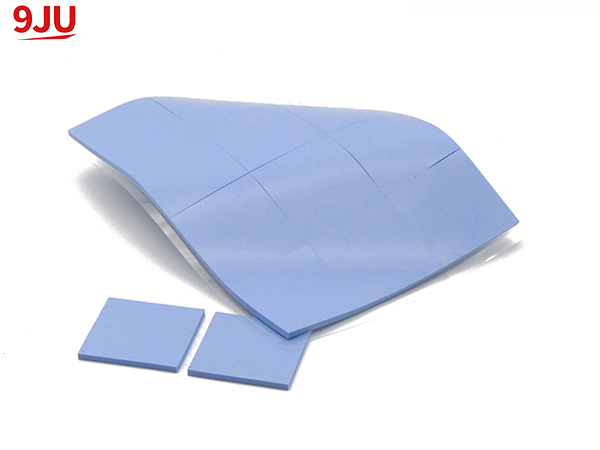In the ever-evolving field of electronic devices, the need for effective heat dissipation is becoming increasingly important. With the demand for smaller, more powerful devices, thermal management issues have become a significant challenge for manufacturers. To this end, a new innovation has emerged, namely high thermal conductivity silicone pads, which provide a promising solution to the heat dissipation problem.
These silicone pads are designed to effectively transfer heat away from electronic components, preventing overheating and potential damage. The high thermal conductivity of these pads allows for rapid and even dispersion of heat, making them ideal for a variety of electronic applications.
One of the main advantages of highly thermally conductive silicone pads is their flexibility and adaptability. Unlike traditional heat dissipation methods such as heat sinks or fans, these pads can conform to the shape and contours of electronic components, ensuring maximum contact and heat transfer. This versatility makes them particularly suitable for use in compact and dense electronic devices where space is at a premium.
In addition, using silicone as a base material offers additional advantages such as electrical insulation and resistance to environmental factors, making it a reliable and durable cooling solution in electronic devices.
Potential applications for highly thermally conductive silicone pads are vast, ranging from consumer electronics such as smartphones and laptops to industrial equipment and automotive electronics. As electronic devices continue to push the boundaries of performance and miniaturization, the need for effective cooling solutions will only continue to grow, further highlighting the importance of this innovative technology.
In addition to solving current thermal challenges, highly thermally conductive silicone pads are expected to drive future advancements in electronics design and manufacturing. By enabling more efficient thermal management, these pads have the potential to open new possibilities for developing smaller, more powerful electronic devices with increased reliability and longevity.
As the electronics industry continues to push the boundaries of innovation, highly thermally conductive silicone pads represent a compelling advancement in the search for effective cooling solutions. These pads will play a key role in shaping the future of electronic design and technology by meeting the ever-changing needs of electronic devices.
Post time: Apr-01-2024


